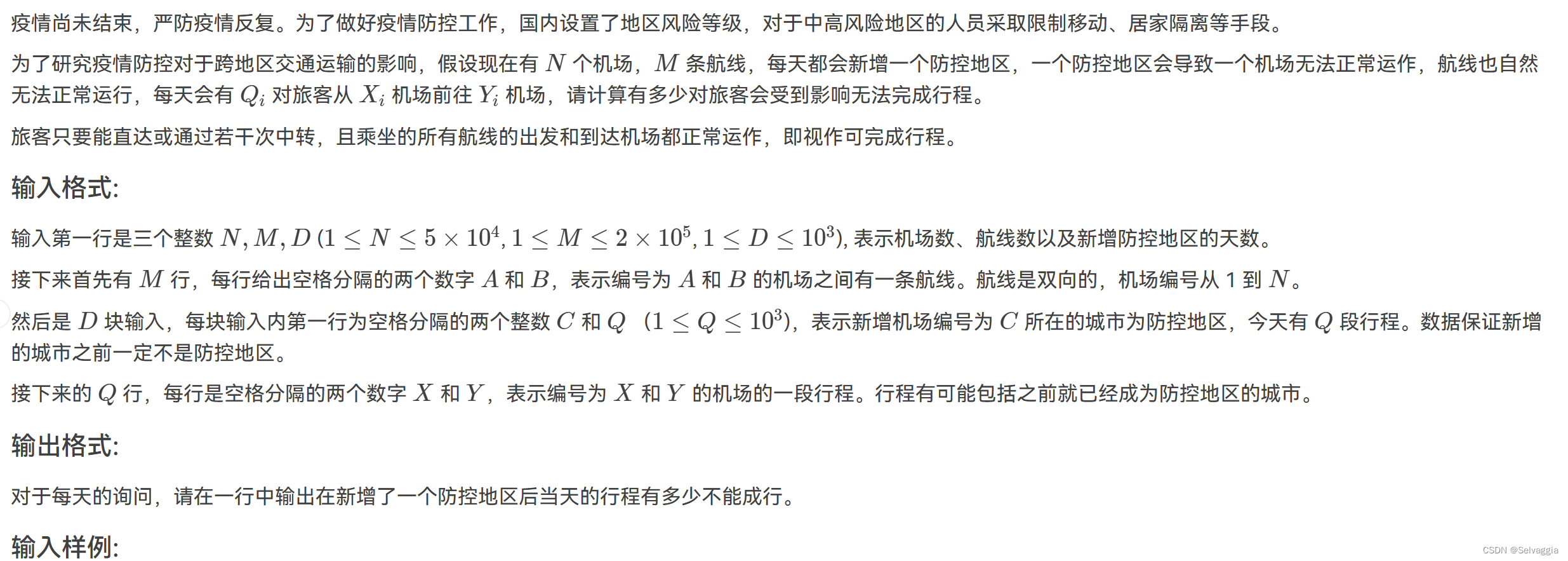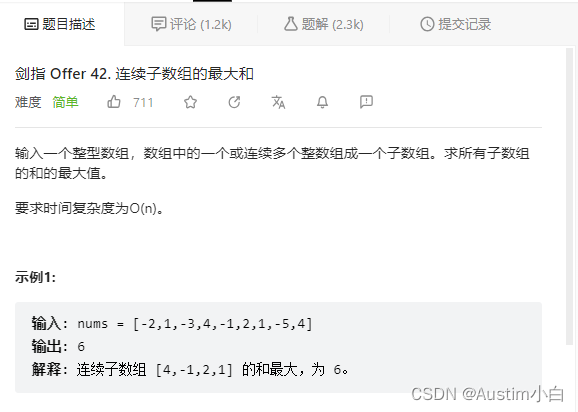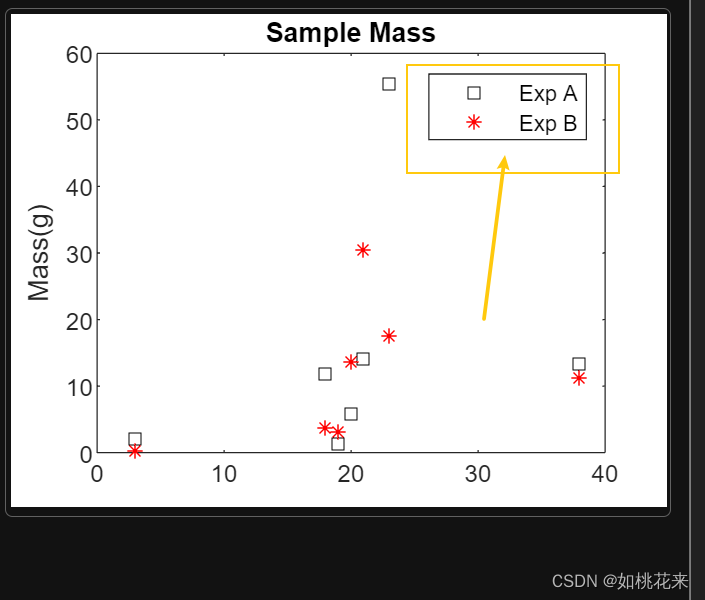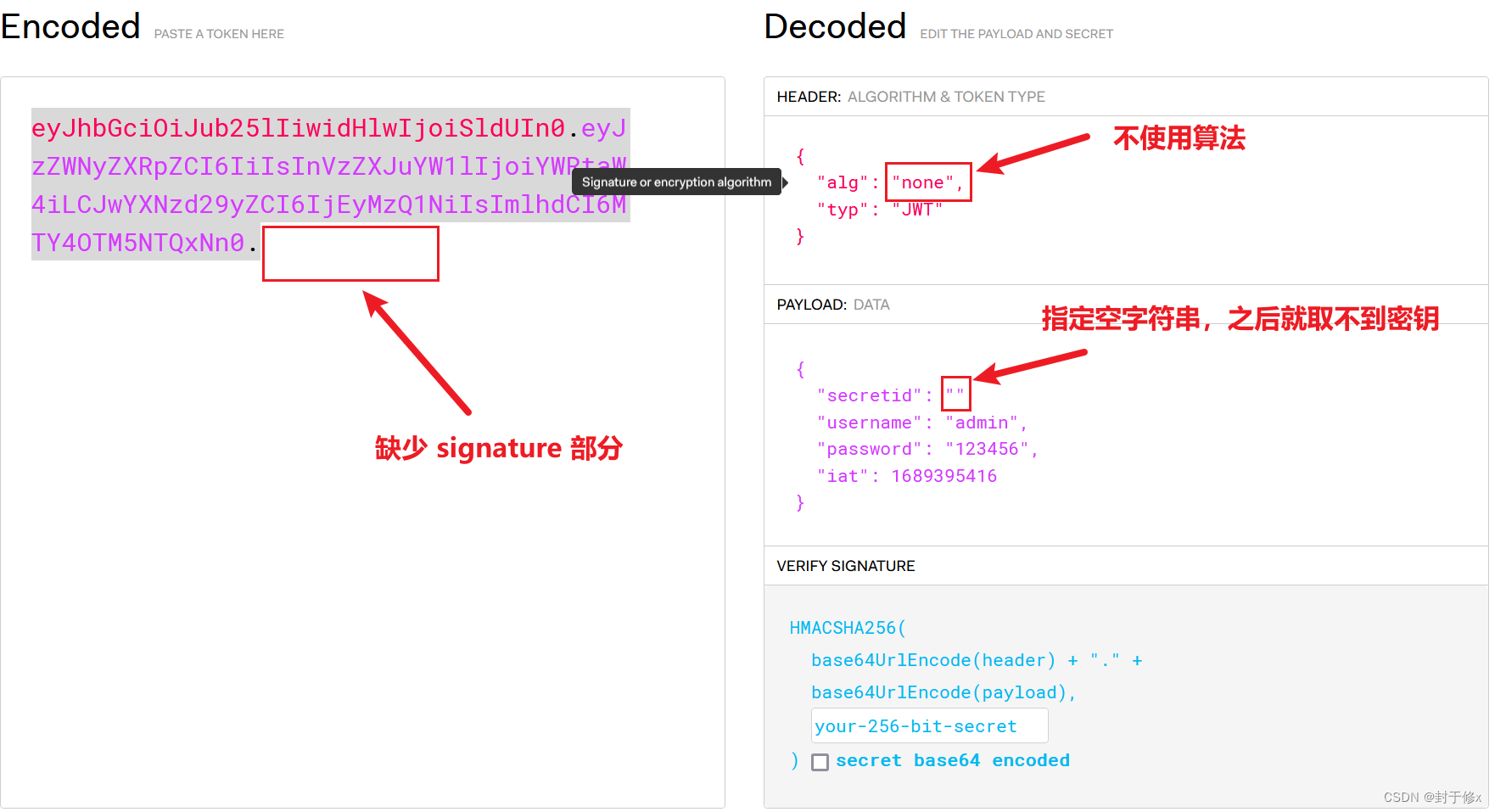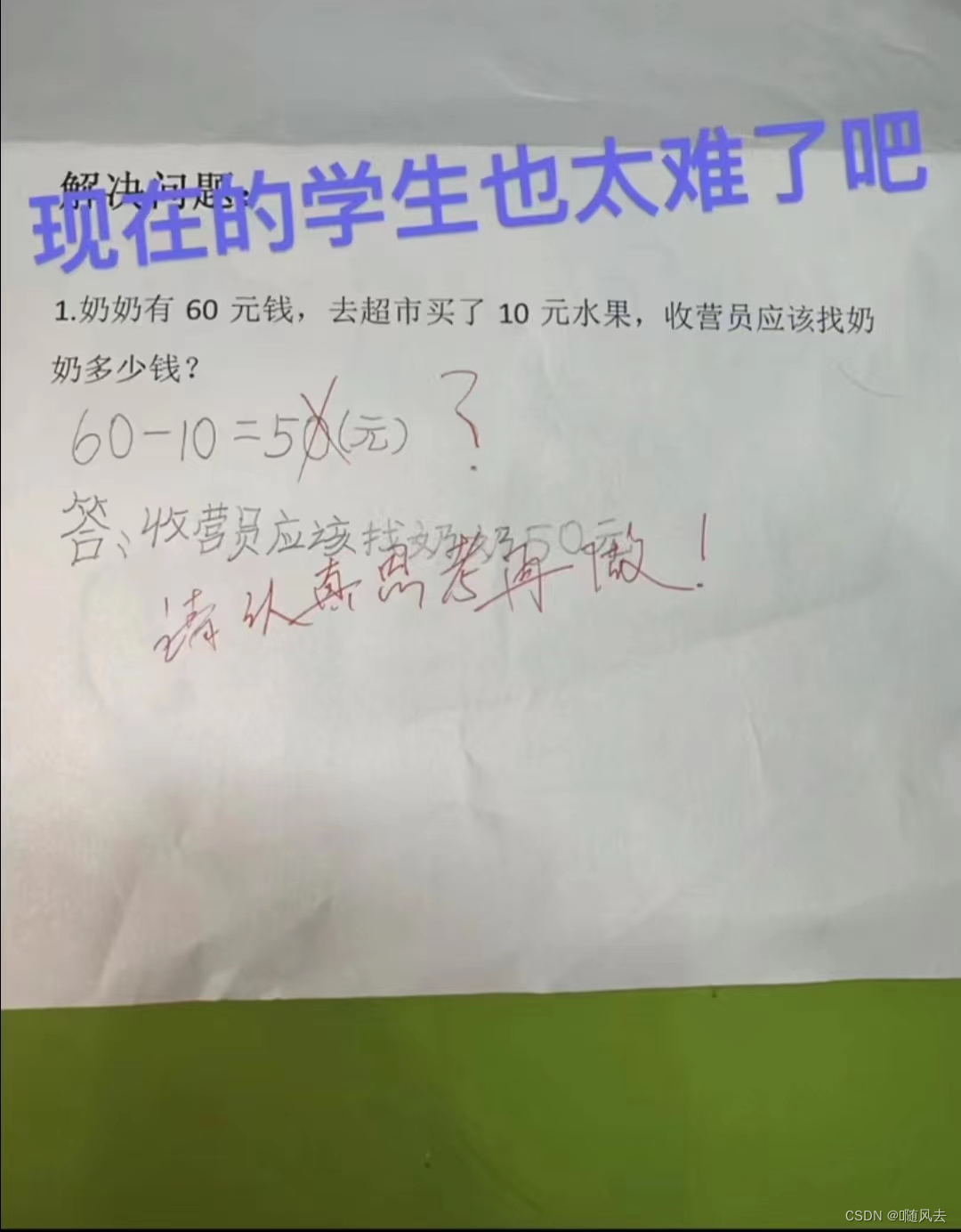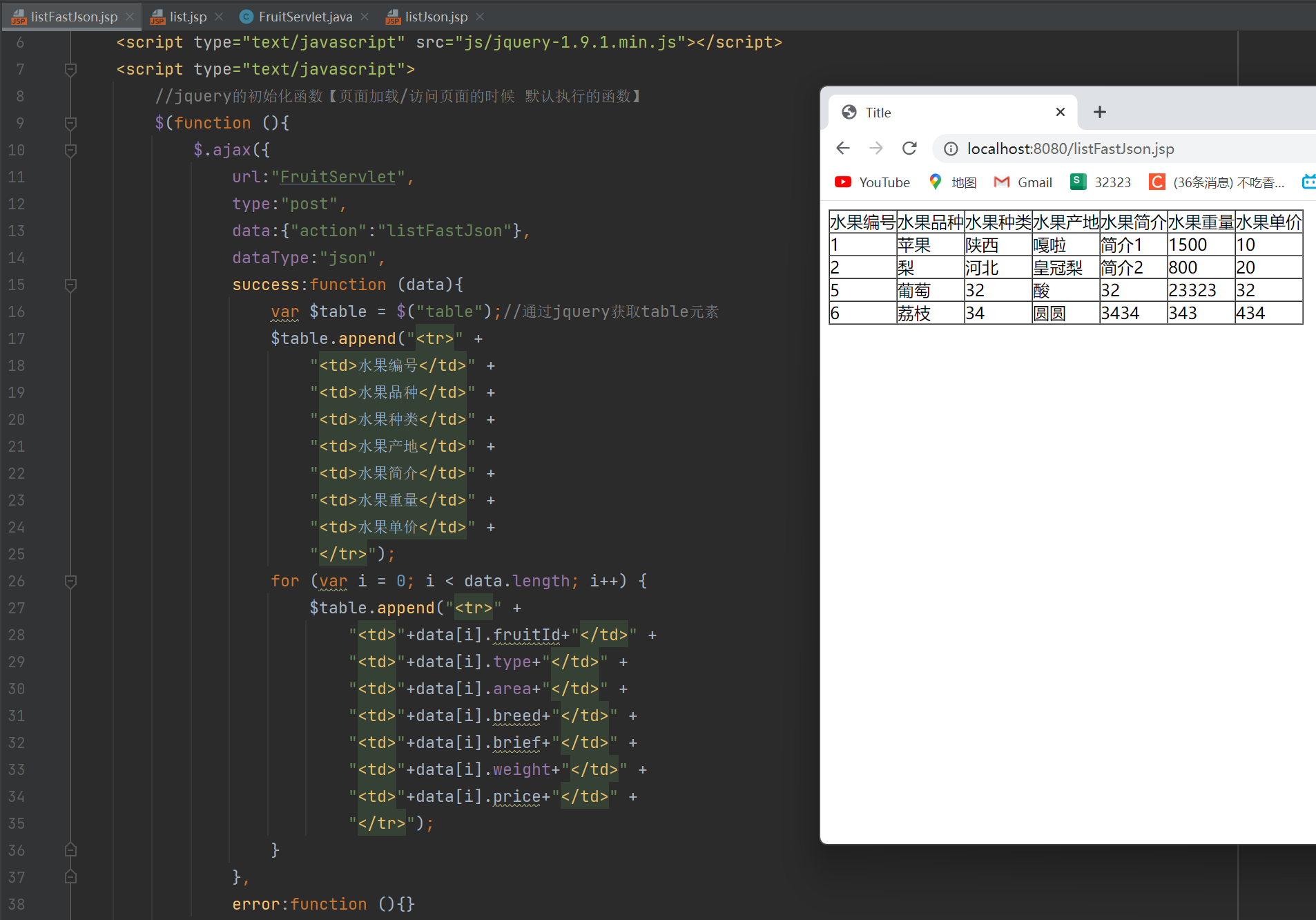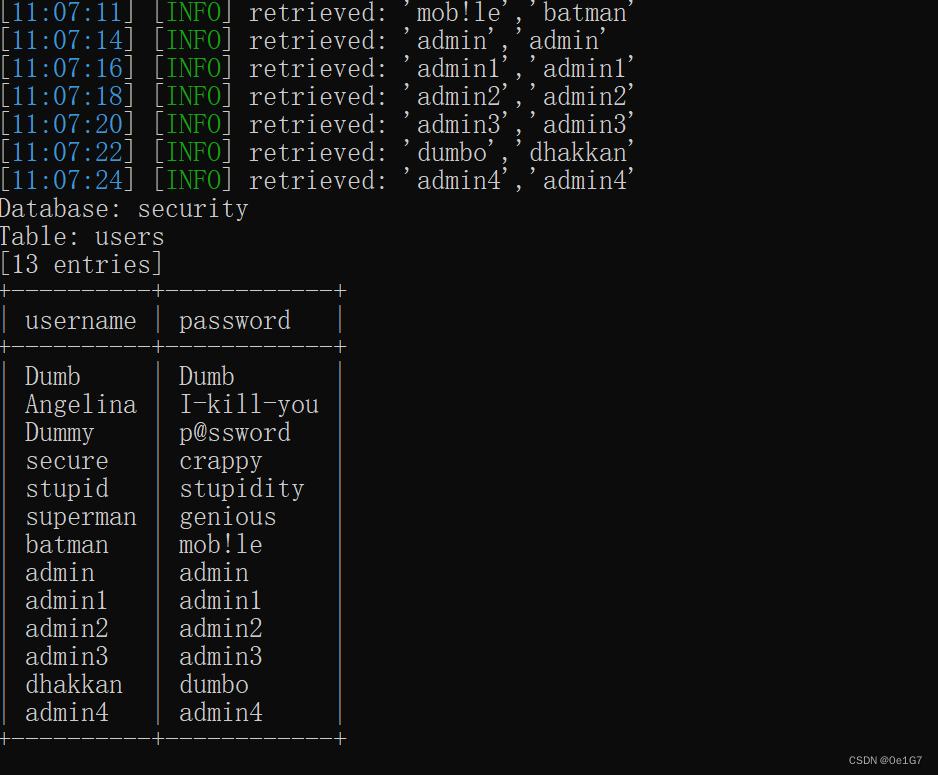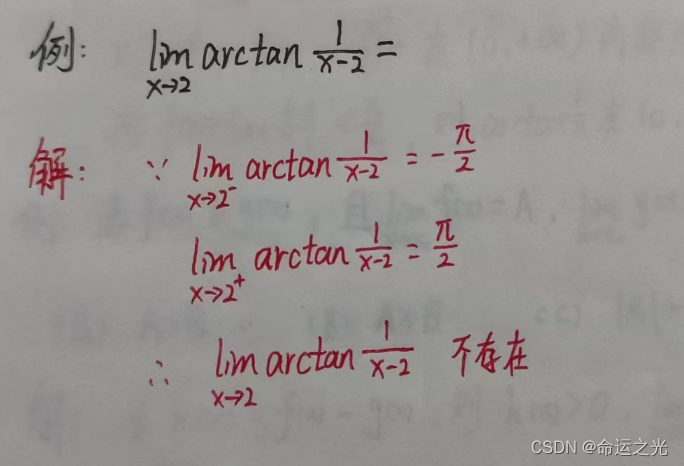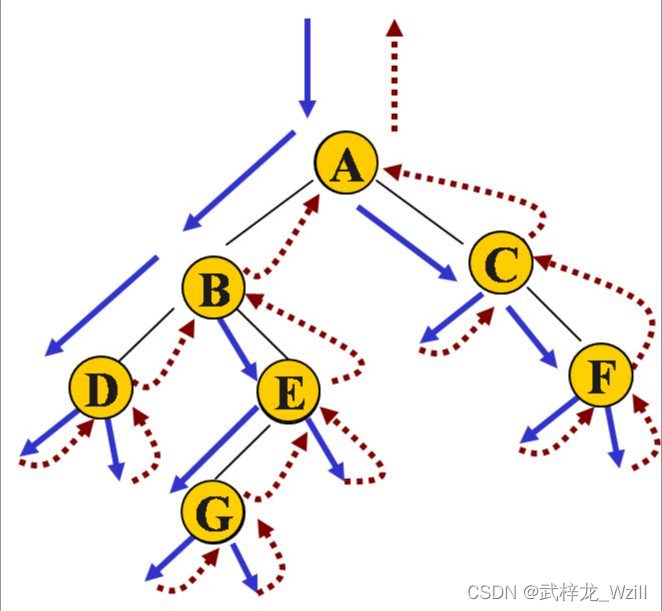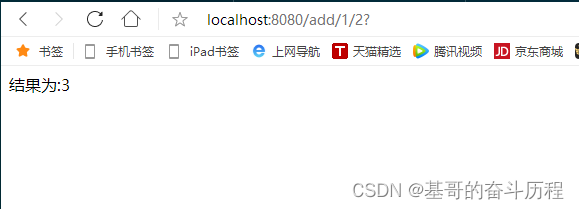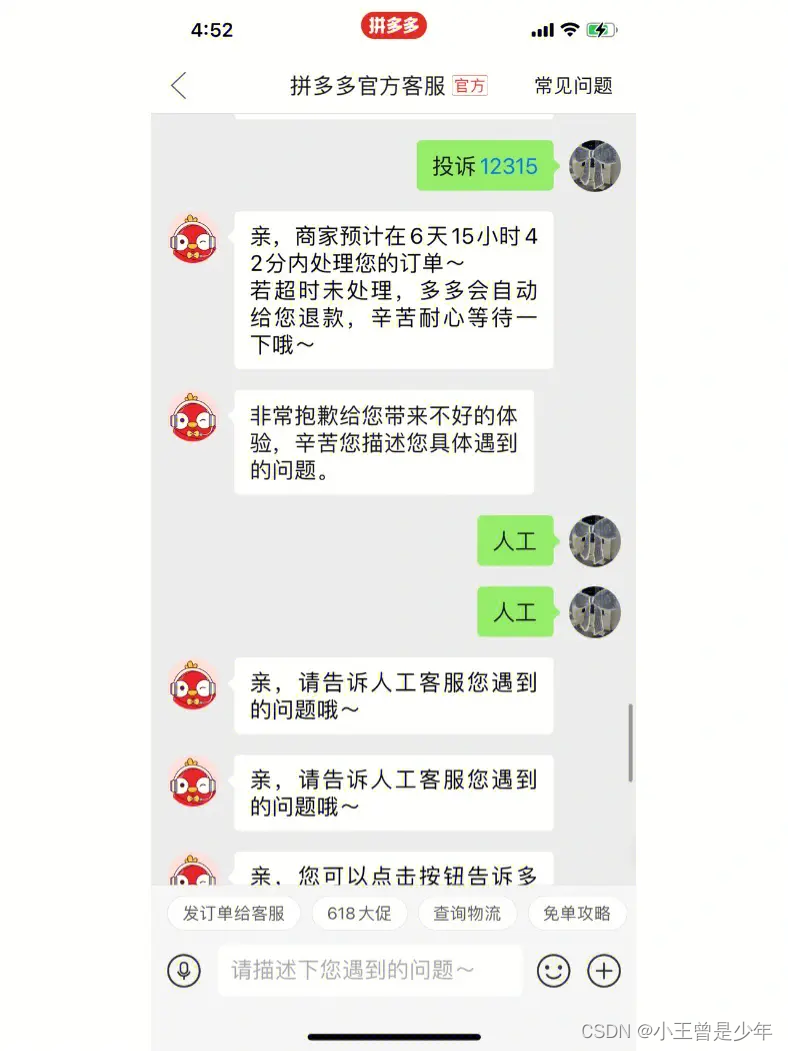文章目录
- 创建业务用户
- 创建业务用户同步器
- 创建业务用户应用服务
- 增
- 删
- 改
- 查
- 创建控制器
- 测试
- 按组织架构查询
- 按职称查询
创建业务用户
区别于身份管理模块(Identity模块)的鉴权用户IdentityUser,业务用户(BusinessUser)是围绕业务系统中“用户”这一定义的领域模型。如:在一个医院系统中,业务用户可以是医生、护士、患者;在一个OA系统中,业务用户可以是员工、管理员、客户等。
业务用户和鉴权用户由同步机制关联,业务用户通过分布式事件(DistributedEvent)的同步器(Synchronizer)与鉴权用户关联同步。
在Health业务模块中,定义两种业务用户:
Client: 客户;
Employee: 员工。
这些业务用户继承自HealthUser,HealthUser是业务用户的基类,包含了业务用户的基本信息,如姓名,性别,出生日期,身份证号等。并且需要实现IUpdateUserData接口,以便在同步鉴权用户信息时,更新业务用户的基本信息。
Employee包含工号,职称,简介等信息。其领域模型定义如下:
public class Employee : HealthUser<Guid>, IUser, IUpdateUserData
{
[StringLength(12)]
public string EmployeeNumber { get; set; }
[StringLength(64)]
public string EmployeeTitle { get; set; }
public string Introduction { get; set; }
...
}
Client包含客户号,身高,体重,婚姻状况等信息。其领域模型定义如下:
public class Client : HealthUser<Guid>, IUser, IUpdateUserData
{
//unique
[StringLength(12)]
public string ClientNumber { get; set; }
public string ClientNumberType { get; set; }
[Range(0.0, 250.0)]
public double? Height { get; set; }
[Range(0.0, 1000.0)]
public double? Weight { get; set; }
public string Marriage { get; set; }
public string Status { get; set; }
}
创建业务用户同步器
以Client为例,ClientLookupService是业务用户的查询服务,其基类UserLookupService定义了关联用户的查询接口,包括按ID查询,按用户名查询,按组织架构查询,按户关系查询等。
创建ClientLookupService, 代码如下
public class ClientLookupService : UserLookupService<Client, IClientRepository>, IClientLookupService
{
public ClientLookupService(
IClientRepository userRepository,
IUnitOfWorkManager unitOfWorkManager)
: base(
userRepository,
unitOfWorkManager)
{
}
protected override Client CreateUser(IUserData externalUser)
{
return new Client(externalUser);
}
}
同步器订阅了分布式事件EntityUpdatedEto,当鉴权用户更新时,同步器将更新业务用户的基本信息。
创建ClientSynchronizer,代码如下
public class ClientSynchronizer :
IDistributedEventHandler<EntityUpdatedEto<UserEto>>,
ITransientDependency
{
protected IClientRepository UserRepository { get; }
protected IClientLookupService UserLookupService { get; }
public ClientSynchronizer(
IClientRepository userRepository,
IClientLookupService userLookupService)
{
UserRepository = userRepository;
UserLookupService = userLookupService;
}
public async Task HandleEventAsync(EntityUpdatedEto<UserEto> eventData)
{
var user = await UserRepository.FindAsync(eventData.Entity.Id);
if (user != null)
{
if (user.Update(eventData.Entity))
{
await UserRepository.UpdateAsync(user);
}
}
}
}
创建业务用户应用服务
以Employee为例
在应用层中创建EmployeeAppService,在这里我们实现对业务用户的增删改查操作。
EmployeeAppService继承自CrudAppService,它是ABP框架提供的增删改查的基类,其基类定义了增删改查的接口,包括GetAsync,GetListAsync,CreateAsync,UpdateAsync,DeleteAsync等。
OrganizationUnit为业务用户的查询接口的按组织架构查询提供查询依据。OrganizationUnitAppService注入到EmployeeAppService中。
public class EmployeeAppService : CrudAppService<Employee, EmployeeDto, Guid, GetAllEmployeeInput, CreateEmployeeInput>, IEmployeeAppService
{
private readonly IOrganizationUnitAppService organizationUnitAppService;
}
增
创建CreateWithUserAsync方法,用于创建业务用户。
public async Task<EmployeeDto> CreateWithUserAsync(CreateEmployeeWithUserInput input)
{
var createdUser = await identityUserAppService.CreateAsync(input);
await CurrentUnitOfWork.SaveChangesAsync();
var currentEmployee = await userLookupService.FindByIdAsync(createdUser.Id);
ObjectMapper.Map(input, currentEmployee);
var updatedEmployee = await Repository.UpdateAsync(currentEmployee);
var result = ObjectMapper.Map<Employee, EmployeeDto>(updatedEmployee);
if (input.OrganizationUnitId.HasValue)
{
await organizationUnitAppService.AddToOrganizationUnitAsync(
new UserToOrganizationUnitInput()
{ UserId = createdUser.Id, OrganizationUnitId = input.OrganizationUnitId.Value });
}
return result;
}
删
删除接口由CrudAppService提供默认实现,无需重写。
改
创建UpdateWithUserAsync方法,用于更新业务用户。
public async Task<EmployeeDto> UpdateWithUserAsync(CreateEmployeeInput input)
{
var currentEmployee = await userLookupService.FindByIdAsync(input.Id);
if (currentEmployee == null)
{
throw new UserFriendlyException("没有找到对应的用户");
}
ObjectMapper.Map(input, currentEmployee);
var updatedEmployee = await Repository.UpdateAsync(currentEmployee);
var result = ObjectMapper.Map<Employee, EmployeeDto>(updatedEmployee);
return result;
}
查
查询单个实体接口由CrudAppService提供默认实现,无需重写。
查询集合:
以Employee为例,查询接口所需要的入参为:
OrganizationUnitId:按组织架构查询用户
IsWithoutOrganization:查询不属于任何组织架构的用户
EmployeeTitle:按职称查询用户
创建GetAllEmployeeInput,代码如下
public class GetAllEmployeeInput : PagedAndSortedResultRequestDto
{
public string EmployeeTitle { get; set; }
public Guid? OrganizationUnitId { get; set; }
public bool IsWithoutOrganization { get; set; }
}
重写CreateFilteredQueryAsync
protected override async Task<IQueryable<Employee>> CreateFilteredQueryAsync(GetAllEmployeeInput input)
{
var query = await ReadOnlyRepository.GetQueryableAsync().ConfigureAwait(continueOnCapturedContext: false);
if (input.OrganizationUnitId.HasValue && !input.IsWithoutOrganization)
{
var organizationUnitUsers = await organizationUnitAppService.GetOrganizationUnitUsersAsync(new GetOrganizationUnitUsersInput()
{
Id = input.OrganizationUnitId.Value
});
if (organizationUnitUsers.Count() > 0)
{
var ids = organizationUnitUsers.Select(c => c.Id);
query = query.Where(t => ids.Contains(t.Id));
}
else
{
query = query.Where(c => false);
}
}
else if (input.IsWithoutOrganization)
{
var organizationUnitUsers = await organizationUnitAppService.GetUsersWithoutOrganizationAsync(new GetUserWithoutOrganizationInput());
if (organizationUnitUsers.Count() > 0)
{
var ids = organizationUnitUsers.Select(c => c.Id);
query = query.Where(t => ids.Contains(t.Id));
}
else
{
query = query.Where(c => false);
}
}
query = query.WhereIf(!string.IsNullOrEmpty(input.EmployeeTitle), c => c.EmployeeTitle == input.EmployeeTitle);
return query;
}
至此,我们已完成了对业务用户的增删改查功能实现。
创建控制器
在HttpApi项目中创建EmployeeController,代码如下:
[Area(HealthRemoteServiceConsts.ModuleName)]
[RemoteService(Name = HealthRemoteServiceConsts.RemoteServiceName)]
[Route("api/Health/employee")]
public class EmployeeController : AbpControllerBase, IEmployeeAppService
{
private readonly IEmployeeAppService _employeeAppService;
public EmployeeController(IEmployeeAppService employeeAppService)
{
_employeeAppService = employeeAppService;
}
[HttpPost]
[Route("CreateWithUser")]
public Task<EmployeeDto> CreateWithUserAsync(CreateEmployeeWithUserInput input)
{
return _employeeAppService.CreateWithUserAsync(input);
}
[HttpDelete]
[Route("Delete")]
public Task DeleteAsync(Guid id)
{
return _employeeAppService.DeleteAsync(id);
}
[HttpPut]
[Route("UpdateWithUser")]
public Task<EmployeeDto> UpdateWithUserAsync(CreateEmployeeInput input)
{
return _employeeAppService.UpdateWithUserAsync(input);
}
[HttpGet]
[Route("Get")]
public Task<EmployeeDto> GetAsync(Guid id)
{
return _employeeAppService.GetAsync(id);
}
[HttpGet]
[Route("GetAll")]
public Task<PagedResultDto<EmployeeDto>> GetAllAsync(GetAllEmployeeInput input)
{
return _employeeAppService.GetAllAsync(input);
}
}
测试
运行项目
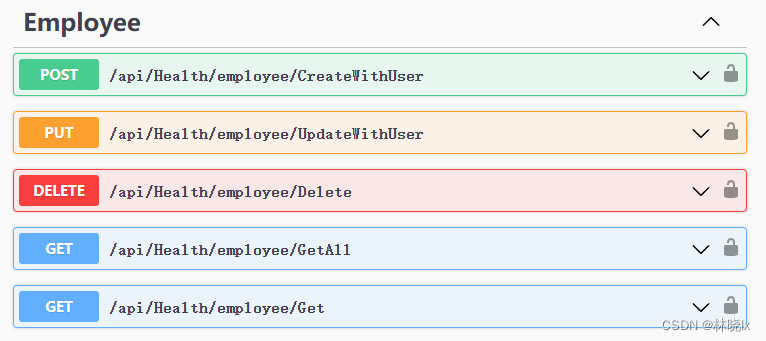
在Web端,进入组织机构
我们随意创建几个部门,如下图所示:
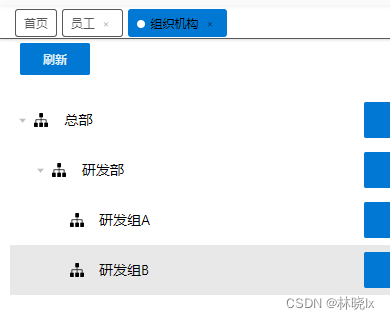
创建几个员工用户,并将他们分配到“研发组A”,“研发组B”中,
按组织架构查询
通过点击不同的组织架构,可以查看不同的用户:
“研发组A”中的用户:
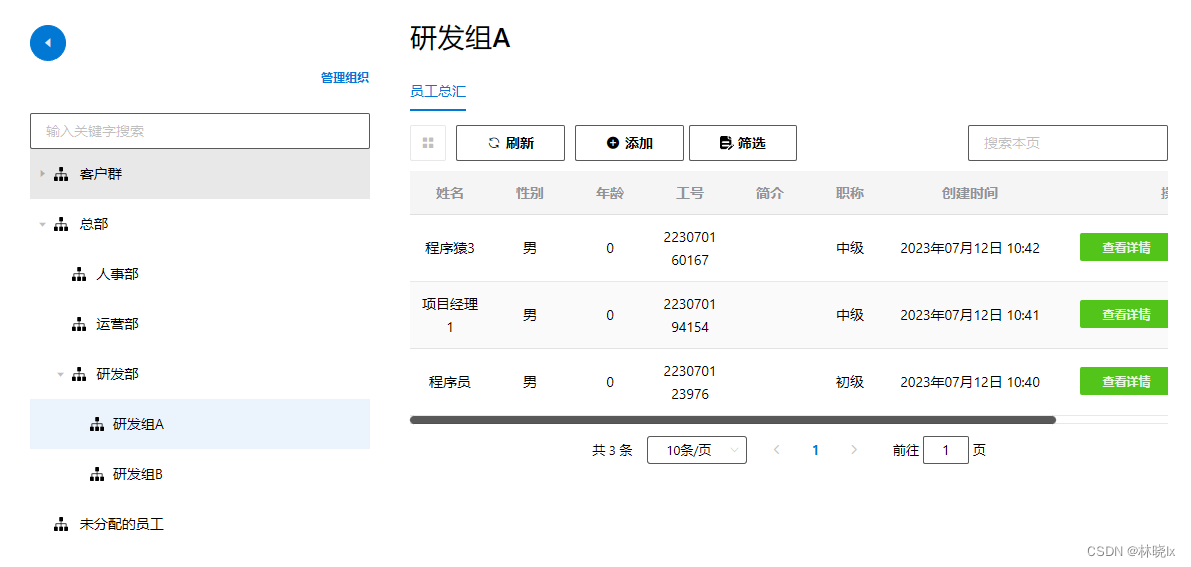
“研发组B”中的用户:
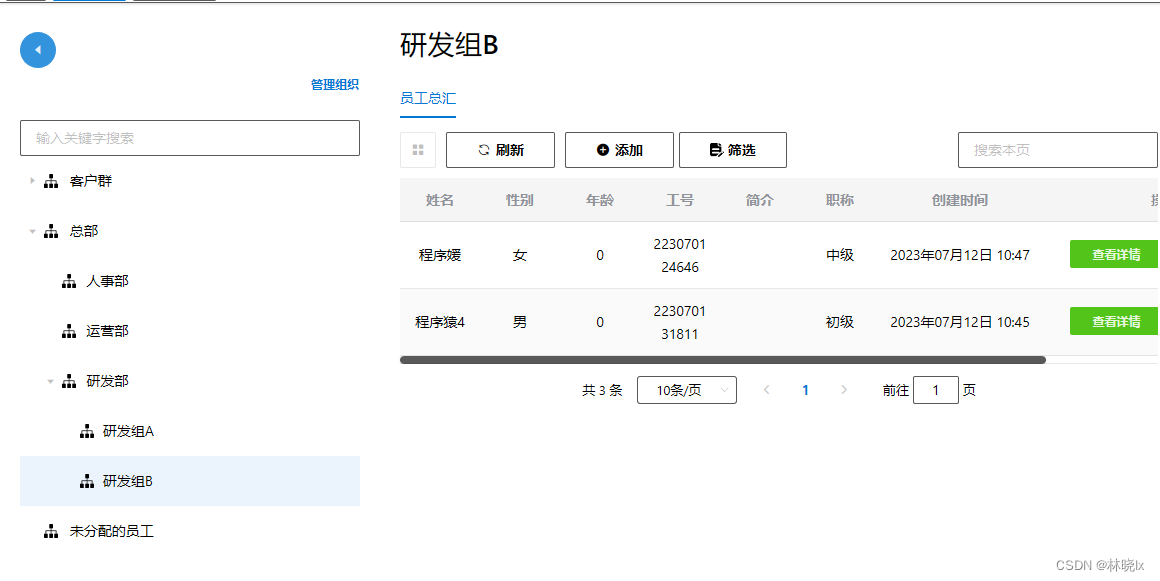
“未分配”中的用户:
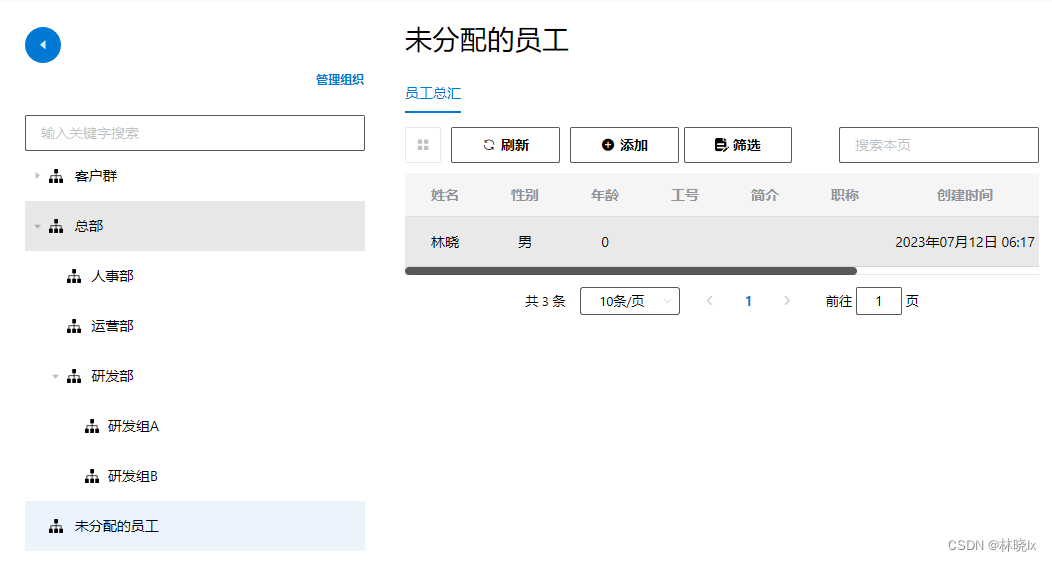
按职称查询
在某个组别中点击“筛选”,选择职称-中级,点击查询
将查询所有职称为中级的员工
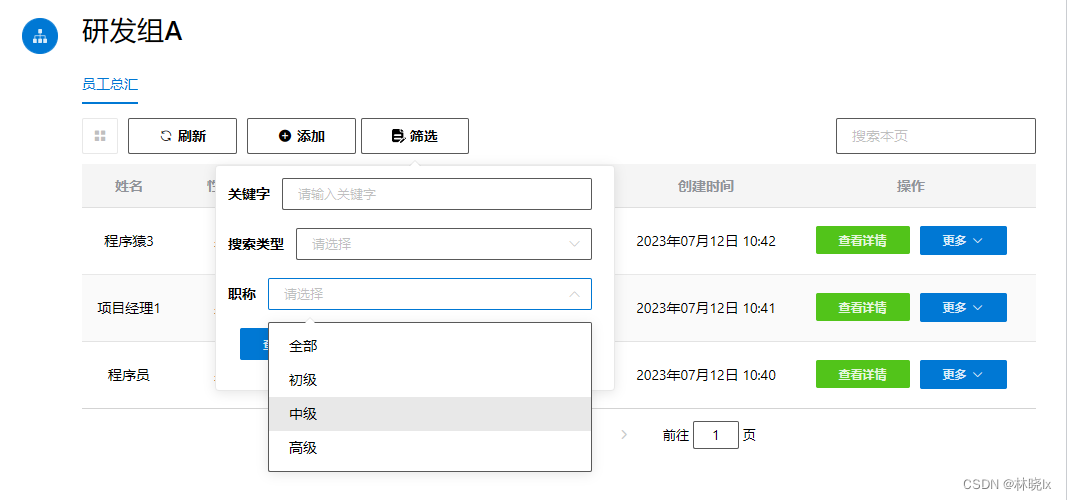
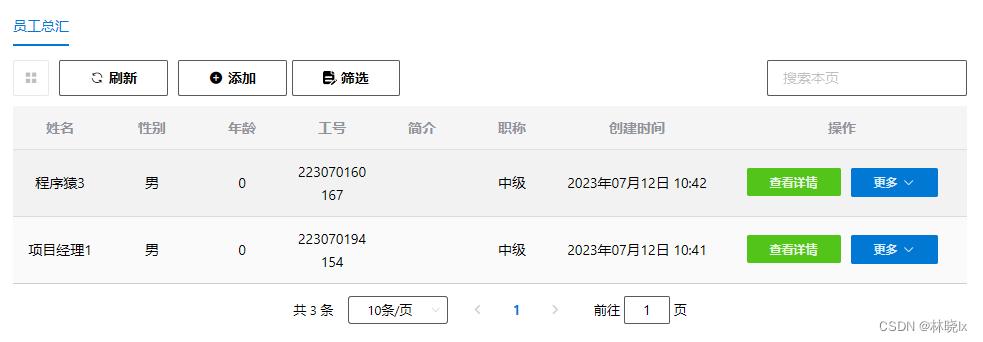
组合查询的报文Payload如下图:
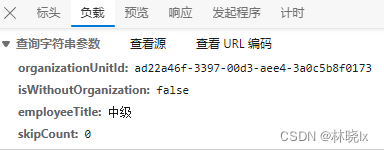
下一章,我们将实现通用查询应用层基类,使按组织查询赋能到所有的业务实体上。
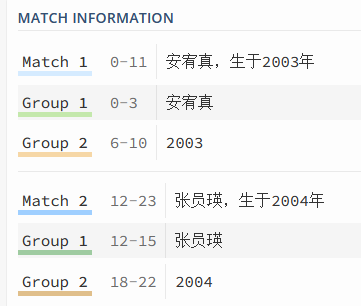
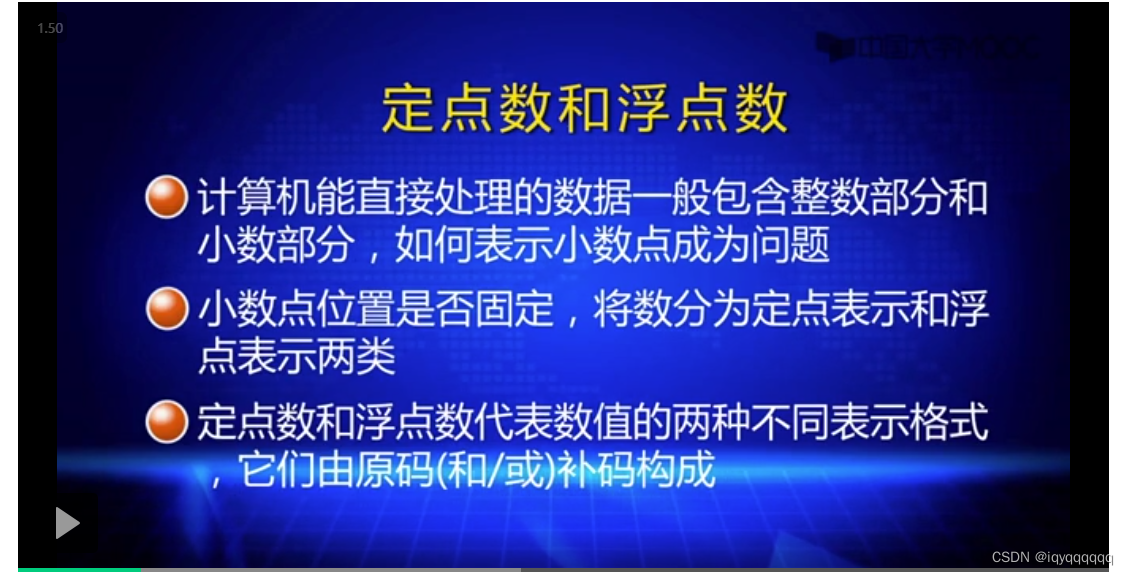

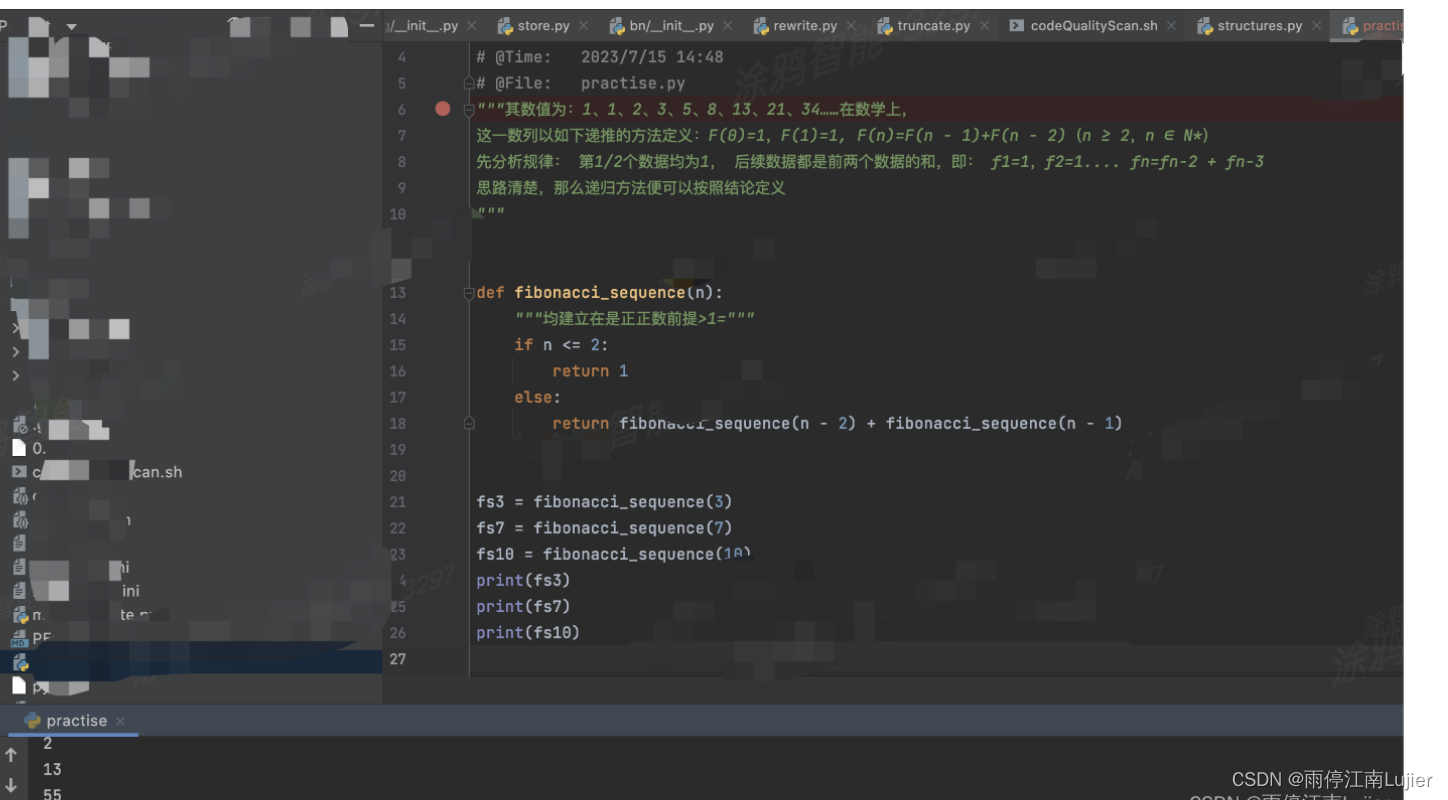


![[英语单词] components;](https://img-blog.csdnimg.cn/81a2a1d1622a47d3bc441bd41973d0f1.png#pic_center)

